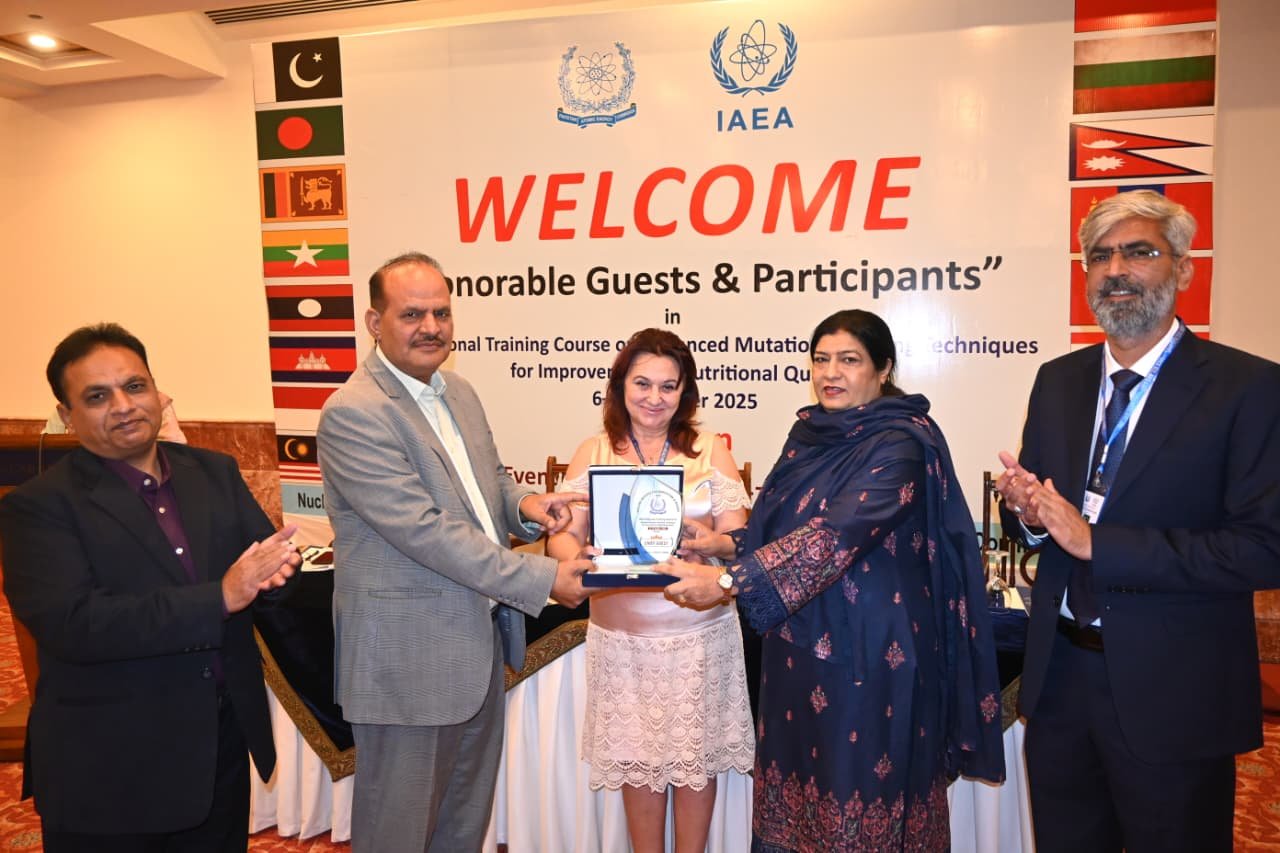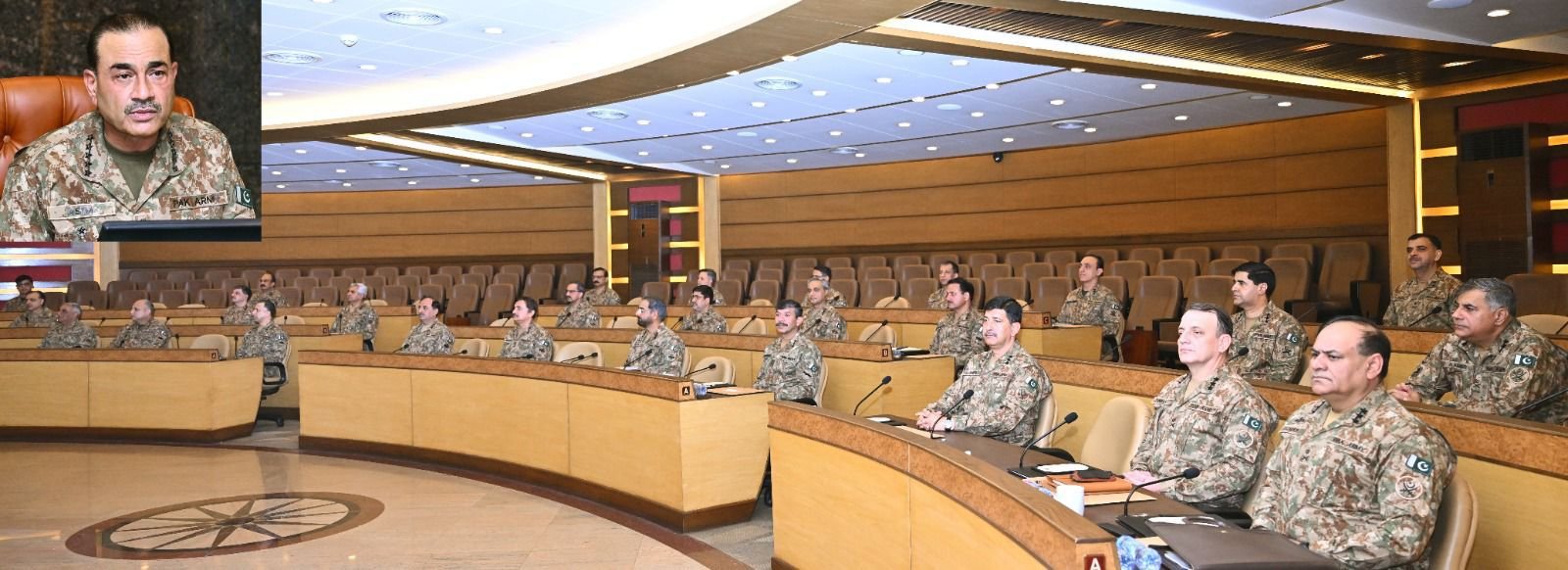The recent poverty figures in the world are very disappointing and the standard of living of the people is falling day by day which is affecting the third world people the most including Pakistan.
On the one hand the civil wars and the war on terrorism are affecting the third world while on other hand the corruption and lack of resources in these countries are making the problems more serious.
According the UNDP the total daily income of the citizens in these countries is less than 3 dollars per day and they are deprived of urban facilities like sanitation, health, proper housing, electricity and schooling.
In countries like Pakistan millions of children are not going to school their parents are sending them to work and their number is increasing continuously. Two other equally grim assessments are that some 455 million live in conflict-affected areas and half a billion children are essentially destitute.
These statistics taken from 110 countries only prove that there is no fair distribution of wealth and equal employment opportunities and that the current economic system is based on having or not having, i.e. a person has enough wealth that cannot manage it while on other hand i.e. someone is that poor he does not even have two meals a day. This situation has also given rise to social problems especially in poor countries which have increased the crime and highest suicide rates including Pakistan.
It should be noted that the revelations in a paper published by the Oxford Poverty and Human Development Initiative are very alarming and have raised fears of further increase which has made international experts cringe. It is noted that the year 2023 saw the most conflict since World War II pushing 584 million people under the age of 18 into extreme poverty 27.9 percent of whom are children.
It describes sub-Saharan Africa and South Asia as the world’s poorest zones with India having the highest number of extremely disadvantaged at 234 million, followed by Pakistan, Ethiopia, Nigeria and the Democratic Republic of Congo. More than 50 percent of people in Pakistan live below the poverty line and it is feared that the country’s political crisis and economic stagnation over the past two years have pushed a large number further into poverty. If we talk about other countries including India and China their manufacturing growth rate has never been 9%, while Pakistan has that in the sixties when the first five-year plan was made which was adopted by countries like South Korea, Malaysia and China. Thus the press used to give the example of the growth of Karachi along with Paris but the sad thing is that our administrators could not maintain that pace and now our real growth rate is less than 3% which is decreasing more with the passage of time. If seen in the modern world China has developed and set an example for the world despite such a large population, when these problems have increased in countries like India and Pakistan.
China has successfully lifted more than 800 million people out of poverty over the past three decades, leading to sustained growth at home and across the region. Similarly it is a common observation that countries under the influence of post-Bretton Woods financial institutions are still suffering from depression and have not been able to overcome the status quo. This calls for some serious soul-searching on the prevailing disparate economic systems that will underpin for multilateral steps.
The UNDP shows 1.1 billion in poverty including 455 million in conflict-affected areas with acute economic inequality. From these figures our planners need to understand a lot. If the population is taken in a positive way there is no reason that Pakistan, by employing 65% of its young population once became the region’s largest economy.










